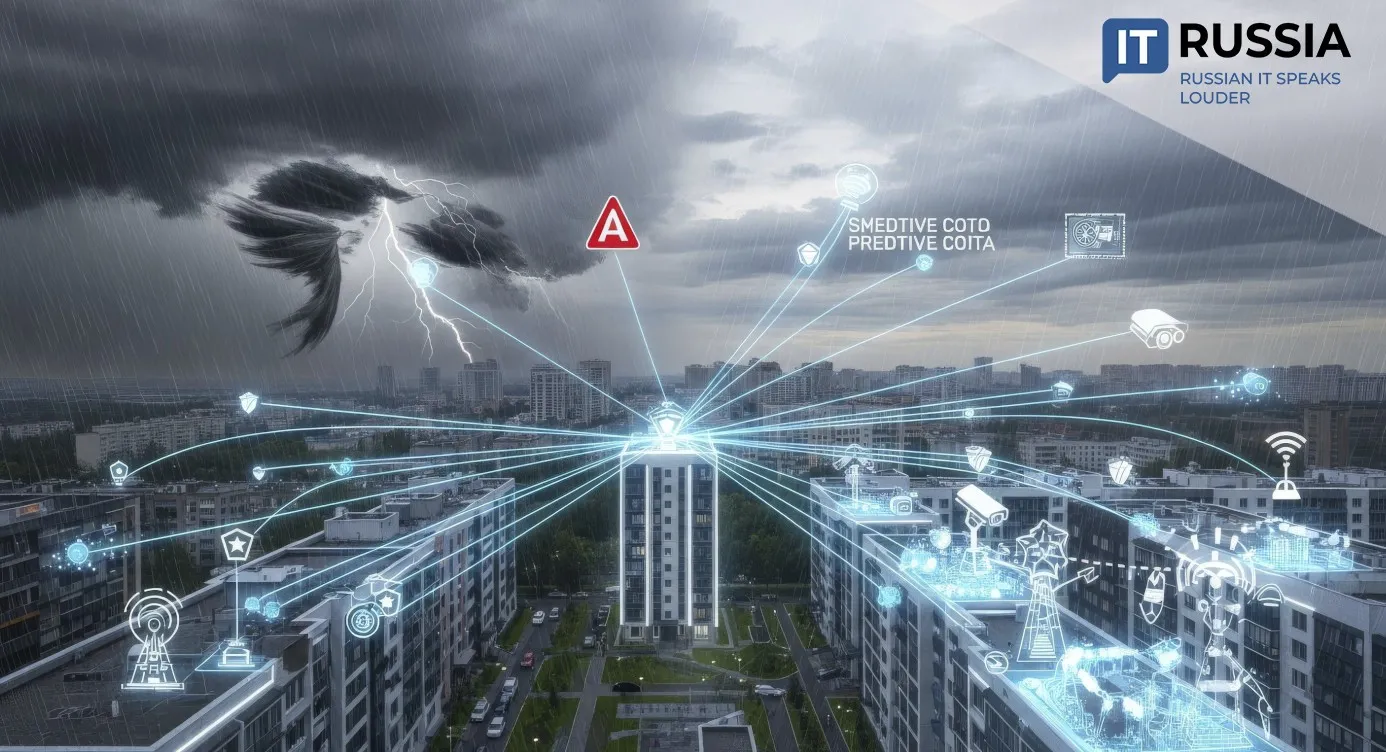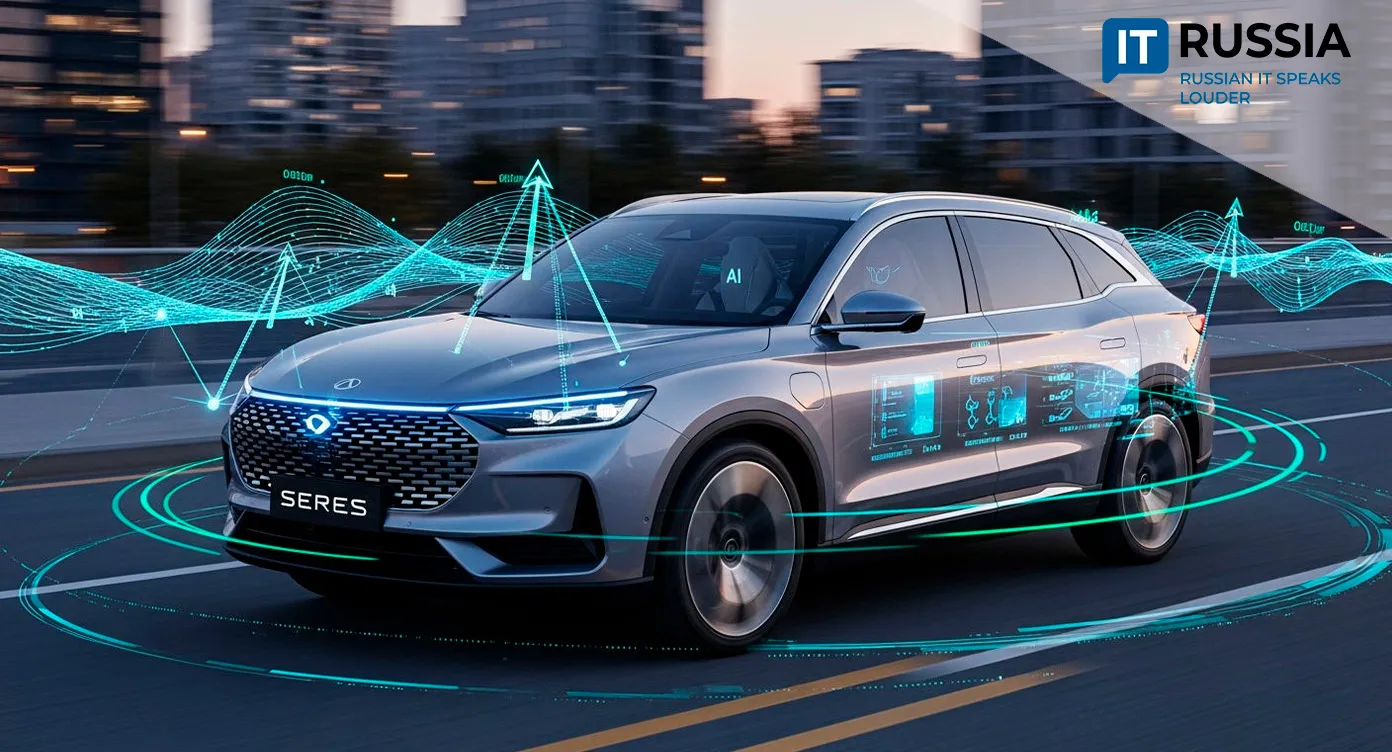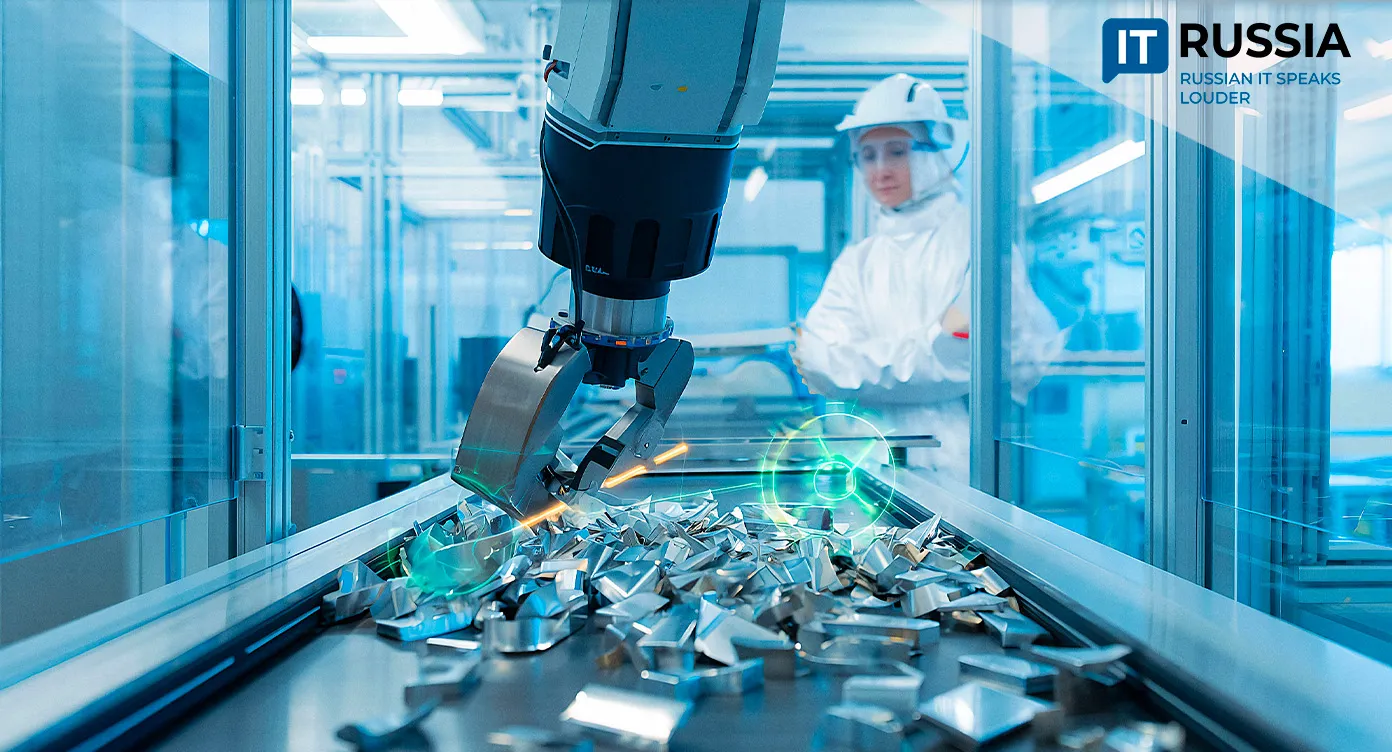An Intelligent Shield Against Fire: Chelyabinsk Scientists Teach Auto Shops to Prevent Blazes
Researchers in Chelyabinsk have developed an intelligent fire‑prevention system for auto service centers, combining thermal imaging, gas analysis, and algorithmic forecasting to detect battery‑related hazards before ignition occurs.

From Reaction to Prevention
Traditional fire‑suppression systems activate only after flames appear — often too late when dealing with lithium‑ion batteries. In contrast, a new patented system created by South Ural State University researcher Nikita Ponomarev is designed to foresee danger.
It combines three components: a thermal imager, a gas analyzer, and a predictive algorithm that monitors early chemical reactions hidden inside EV batteries.
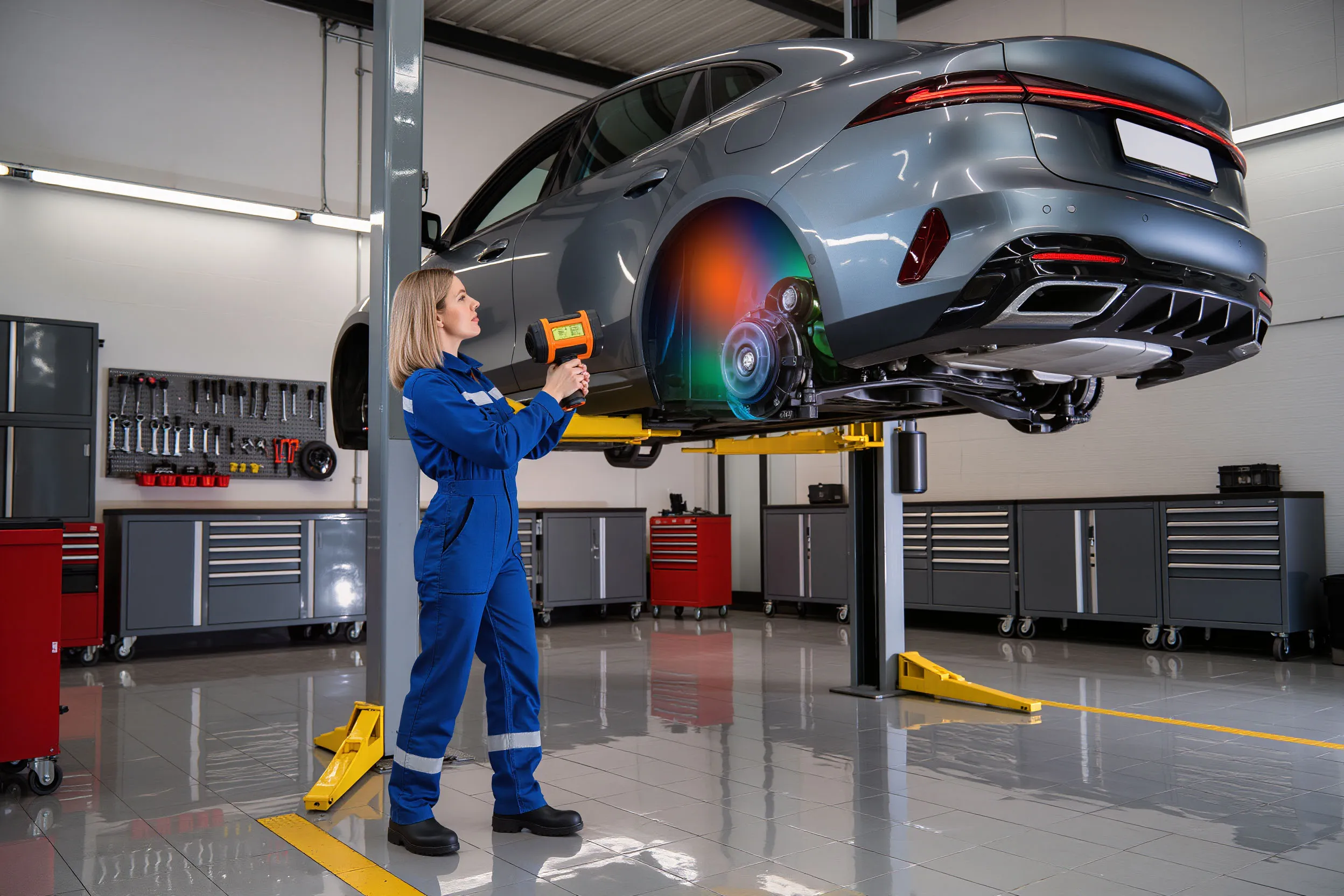
This approach addresses a key vulnerability: internal battery failures that progress without visible signs until an explosion occurs.
Why the Innovation Matters
Russia’s EV market is growing rapidly, but supporting infrastructure lags behind. Many service shops still rely on outdated tools, posing risks for workers, buildings, and surrounding properties.
The SUSU system provides an aerosol‑based suppression method that does not damage electronics, leave residues, or require evacuating entire workshops as water‑ or powder‑based systems often do.
Researchers plan to integrate machine‑vision modules and train neural networks on real fire data, potentially adapting the system for industrial sites with volatile chemicals.

Russia’s AI vs. Global Counterparts
Ponomarev’s system is Russia’s first solution capable of detecting and localizing ignition threats inside concealed EV‑battery compartments. While international companies like Johnson Controls develop similar systems, they mostly focus on grid‑scale battery storage, not auto repair facilities.
Future upgrades may include AI that continuously learns from environmental and chemical patterns, effectively transforming the system into a ‘digital colleague’ rather than a passive tool.
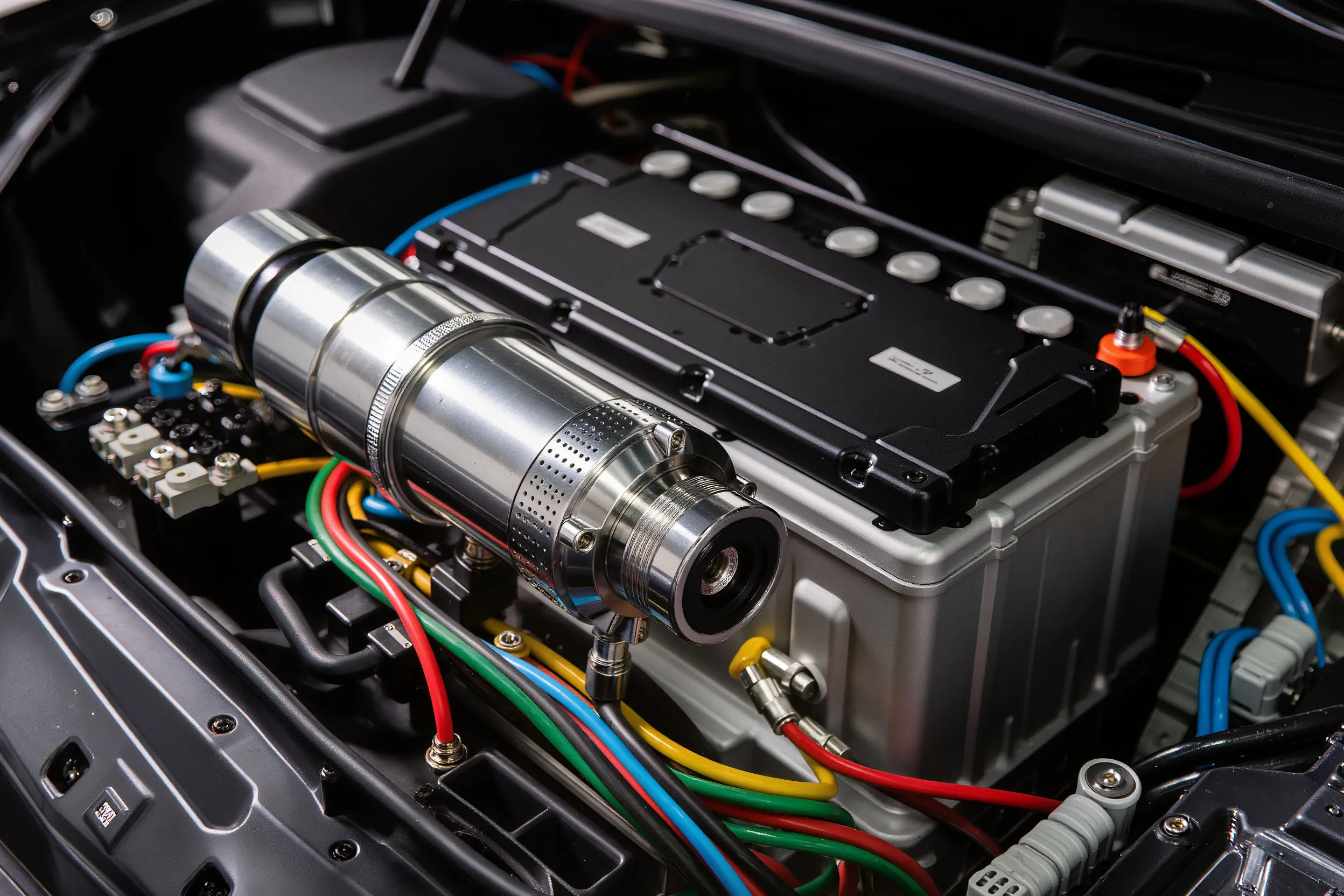
Future Directions
The system has passed laboratory testing and is moving toward industrial trials in Chelyabinsk and other regions. Commercial deployments may appear within one to two years. Possible use cases include charging stations, EV storage warehouses, and battery‑recycling facilities — some of the most fire‑prone environments.
In the long term, integration into smart‑building ecosystems could link the system to ventilation, lighting, and access control, forming a unified safety shield. With international certification, the technology could reach markets in Europe, China, and India, where aging safety systems lag behind EV adoption.



